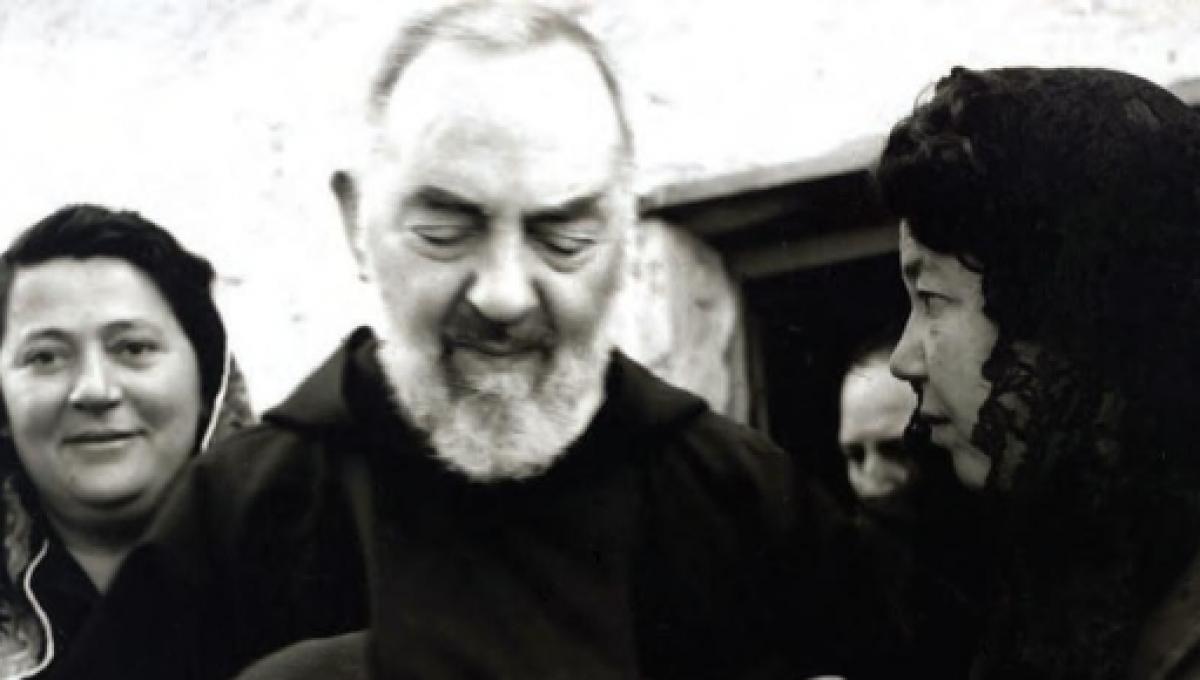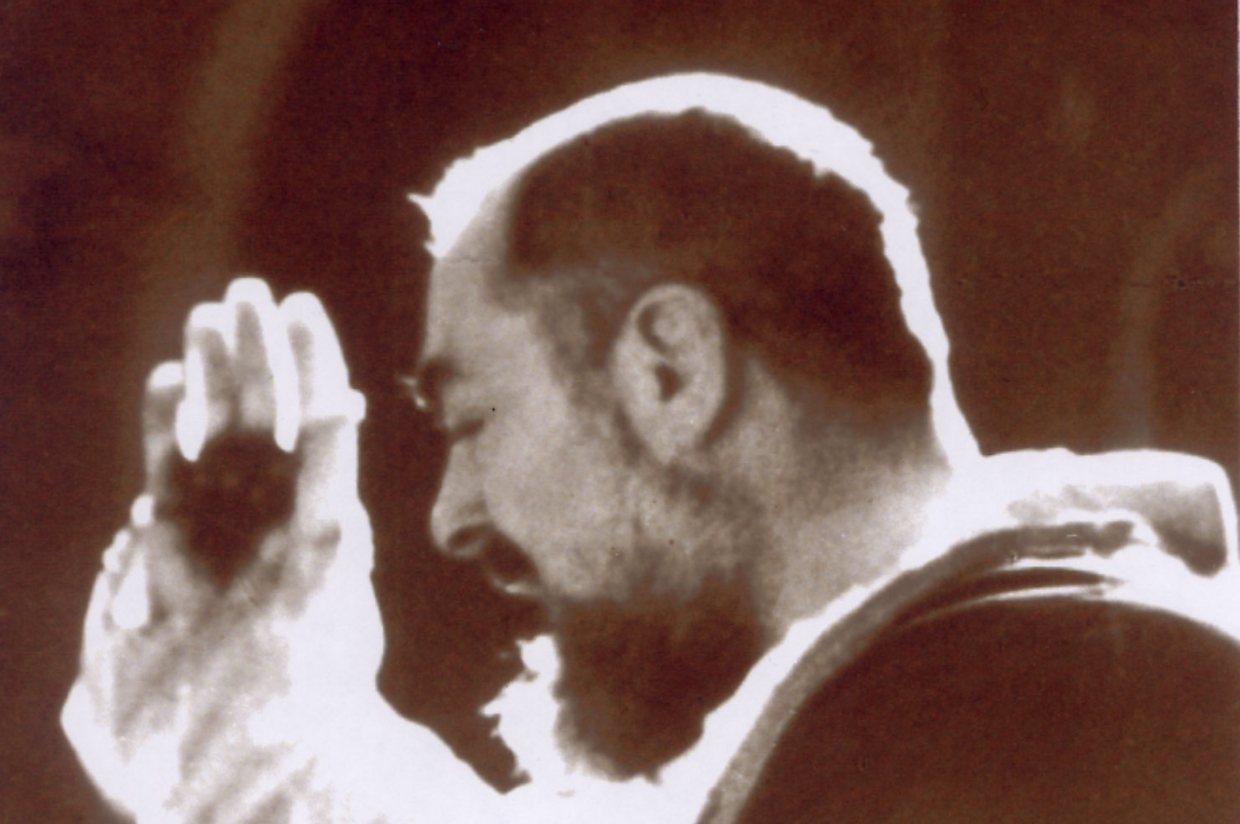Padre Pio and the miracle of the Budapest prison, few know him
The holiness of the Capuchin priest Francesco Forgione, born in Pietrelcina, in Puglia, in 1885, is for many faithful a devout certainty and even more of the 'gifts' that history and testimonies attribute to him: stigmata, bilocation (being in two places simultaneously), the ability to read consciences while listening to confessions and to intercede in prayer for God to heal people.
St. John Paul II he officially canonized him on June 16, 2002, as Saint Pio of Pietrelcina, and the Church celebrates him on September 23.
Francesco was ordained a priest on 10 August 1910, in the Cathedral of Benevento, and on 28 July 1916 he moved to San Giovanni Rotondo, where he remained until his death on 23 September 1968.
That's where Padre Pio it touched the hearts of the poor and the sick in body or spirit. Saving souls was his guiding principle. Perhaps it is also for this reason that the devil continually attacked him and God allowed those attacks in harmony with the saving mystery he wanted to express through Padre Pio.

Hundreds of documents tell his life story and the action of God's grace that reaches many people through his mediation.
For this reason, many of his devotees will rejoice in the revelations contained in the book "Padre Pio: his church and its places, between devotion, history and work of art", written by Stefano Campanella.
In fact, in the book there is the story of Angelo Battisti, typist of the Vatican Secretariat of State. Battisti was one of the witnesses in the beatification process of the holy friar.
The Cardinal József Mindszenty, archbishop of Esztergom, prince primate of Hungary, was imprisoned by the communist authorities in December 1948 and sentenced to life imprisonment the following year.
He was falsely accused of conspiring against the socialist government. He remained in prison for eight years, then under house arrest, until he was released during the popular uprising of 1956. He took refuge in the US Embassy in Budapest until 1973, when Paul VI forced him to leave.
In those years in prison, Padre Pio showed up in the cardinal's cell with bilocation.
In the book, Battisti describes the miraculous scene as follows: "While he was in San Giovanni Rotondo, the Capuchin who carried the stigmata went to bring the Cardinal bread and wine destined to be transformed into the body and blood of Christ ...".

“The serial number printed on the prisoner's uniform is symbolic: 1956, the year of the cardinal's liberation”.
“As is well known - explained Battisti - Cardinal Mindszenty was taken prisoner, thrown into prison and kept in sight by the guards at all times. Over time, his desire to be able to celebrate Mass became very intense ”.
“A priest who came from Budapest told me confidentially about the event, asking me if I could get confirmation from Padre Pio. I told him that if I had asked for such a thing, Padre Pio would have scolded me and kicked me out ”.
But one night in March 1965, at the end of a conversation, Battisti asked Padre Pio: "Did Cardinal Mindszenty recognize you?"
After an initial irritated reaction, the saint replied: "We met and had a conversation, and do you think he might not have recognized me?"
So, here is the confirmation of the miracle.
Then, added Battisti, "Padre Pio was saddened and added: 'The devil is ugly, but they had left him uglier than the devil'", referring to the mistreatment suffered by the cardinal.
This shows that Padre Pio had brought him help from the beginning of his time in prison, because humanly speaking it cannot be conceived how the Cardinal was able to resist all the sufferings to which he was subjected.
Padre Pio concluded: “Remember to pray for that great confessor of the faith, who suffered so much for the Church”.